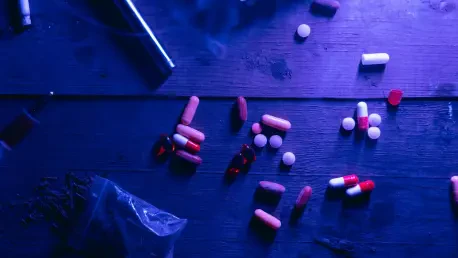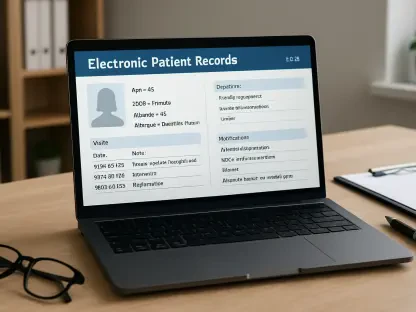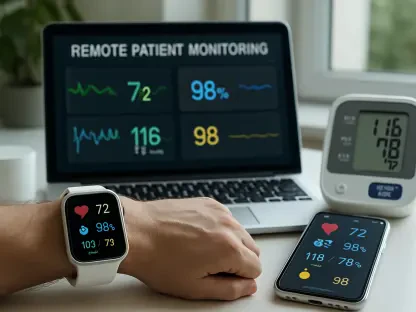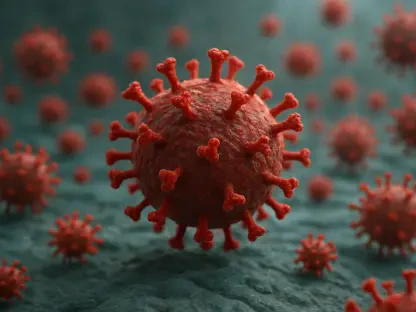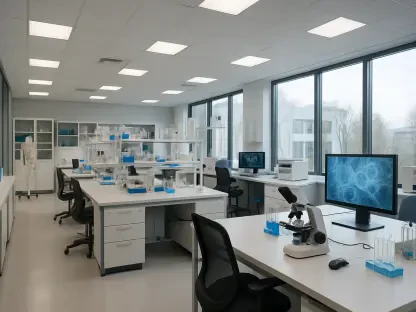In the heart of Philadelphia’s Kensington neighborhood, a battle rages not just against the devastating opioid epidemic but also against a new city ordinance that threatens to dismantle a critical lifeline for those most in need, as mobile health vans face severe operational limits. These vans, long a beacon of hope for individuals grappling with addiction, provide essential services like syringe exchanges and overdose reversal drugs right where they’re needed most. However, a recently enacted policy limiting their operations has sparked fierce debate about whether this move will exacerbate an already dire public health crisis. With overdose deaths still claiming lives at an alarming rate, the stakes couldn’t be higher. The tension between community concerns and the urgent need for accessible care raises profound questions about how cities can balance quality-of-life issues with the imperative to save lives. This discussion delves into the implications of the new restrictions and explores whether they might undo years of progress in harm reduction.
The Role of Mobile Health Vans in Harm Reduction
A Lifeline for Vulnerable Communities
Mobile health vans have emerged as indispensable tools in addressing the opioid crisis in neighborhoods like Kensington, where access to traditional healthcare often remains out of reach for many. Operated by dedicated organizations, these vans deliver critical interventions directly to those who need them, offering clean syringes, wound care, and life-saving naloxone to reverse overdoses. Their ability to meet people where they are—both geographically and emotionally—has proven transformative, building trust with individuals who might otherwise shy away from medical settings due to stigma or past negative experiences. Beyond immediate care, the vans often serve as a bridge to longer-term solutions, connecting patients to addiction treatment programs and support services. Their impact is undeniable, with thousands of individuals reached annually, demonstrating how such outreach can significantly reduce the risks associated with drug use in high-need areas. The flexibility of these mobile units allows them to adapt to shifting patterns of need, ensuring help arrives precisely when and where it’s most urgent.
Building Trust and Reducing Barriers
The strength of mobile health vans lies not just in the services they provide but in the relationships they foster within communities hardest hit by addiction. Outreach workers on these vans often become familiar faces, offering consistent support to individuals who feel marginalized by society. This continuity helps dismantle barriers to care, encouraging more people to seek help without fear of judgment. Unlike fixed clinics, the vans can navigate directly to areas with spiking overdose rates, responding in real time to emergencies and preventing potential fatalities. Their presence also serves an educational purpose, informing communities about safer practices and available resources. By meeting people on their terms, these mobile units create a safe space for dialogue, which is often the first step toward recovery. The trust built through these interactions is fragile yet vital, forming the foundation of effective harm reduction strategies that prioritize dignity and compassion over punitive measures, ultimately saving lives in the process.
Implications of the New Ordinance on Public Health
Constraints That Threaten Accessibility
The newly implemented ordinance in Philadelphia, signed into effect by city leadership, imposes stringent restrictions on mobile health vans, raising serious concerns about the future of harm reduction efforts. By limiting operations to just two designated locations and capping stop times at a mere 45 minutes, the policy severely curtails the vans’ hallmark mobility, which allows them to reach high-risk areas dynamically. Additional requirements for permits, coupled with harsh penalties for non-compliance, further complicate their ability to function effectively. In a neighborhood like Kensington, where overdose rates remain alarmingly high, such constraints could mean the difference between life and death for many. The inability to adapt to real-time needs undermines the vans’ purpose, potentially leaving countless individuals without access to critical care. Public health advocates argue that these rules disregard the proven efficacy of mobile outreach, risking a surge in preventable fatalities at a time when every intervention counts.
Disrupting Continuity and Community Trust
Beyond logistical challenges, the ordinance threatens to erode the hard-earned trust between outreach workers and the individuals they serve, a bond that often takes years to build. When mobile health vans are forced to adhere to rigid schedules and locations, the consistent, personalized support they offer becomes fragmented. Many in Kensington rely on these familiar interactions as their primary connection to healthcare, and disruptions could deter them from seeking help altogether. The loss of this rapport may also hinder efforts to guide individuals toward treatment or recovery programs, as trust is a cornerstone of such transitions. Furthermore, the policy risks alienating communities already wary of institutional interventions, reinforcing perceptions of neglect or hostility. As these vans struggle to maintain their presence under restrictive conditions, the ripple effects could extend beyond immediate care, weakening the broader network of support that sustains harm reduction initiatives in the city’s most vulnerable areas.
Balancing Community Needs with Lifesaving Care
While the ordinance stems from valid community concerns about congestion and litter in public spaces, restricting mobile health vans may not be the most effective way to address these issues. Neighborhood residents deserve environments that feel safe and dignified, yet curtailing services that save lives creates a dangerous tradeoff. Alternative strategies, such as rotating service zones to prevent overcrowding or implementing voluntary cleanup standards for providers, could offer a middle ground. Programs that focus on sanitation and syringe disposal have already shown promise in harmonizing public health goals with local quality-of-life priorities. Moreover, addressing root causes through expanded access to low-threshold treatment and supportive housing could reduce the visible impacts of addiction on streets. Collaborative approaches that involve both community members and health providers stand a better chance of preserving the lifesaving work of mobile vans while respecting the needs of those living in affected areas, fostering solutions that benefit all.
